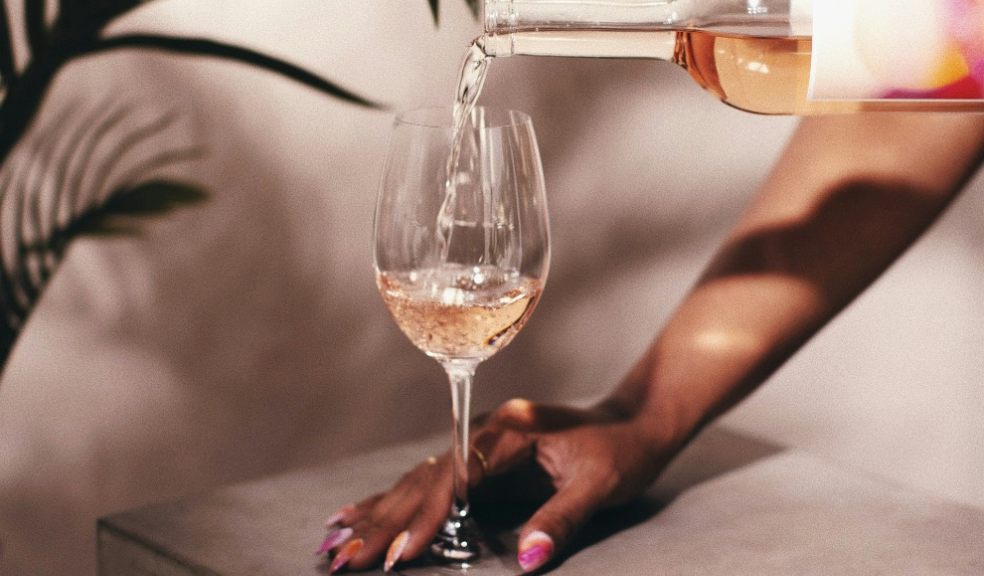
How Many Units in a Bottle of Rosé Wine?
When it comes to enjoying a glass of wine, whether it's a casual evening at home or a special celebration, understanding the basics of wine bottle sizes and units can enhance your experience. Rosé wine, known for its refreshing and versatile nature, is a popular choice among wine enthusiasts. But have you ever wondered how much alcohol is actually in that bottle of rosé you're eyeing? Let's delve into the world of wine measurements to uncover the answer.
What is a Unit of Alcohol?
In many countries, including the UK, a "unit of alcohol" is a standard measure used to quantify the amount of pure alcohol in a drink. One unit of alcohol equals 10 millilitres (ml) or 8 grams of pure alcohol. This measurement helps consumers understand and manage their alcohol intake, promoting responsible drinking.
Standard Wine Bottle Sizes
Wine bottles come in various sizes, each with its own unique name and capacity. The most common sizes for standard wine bottles are:
-
750 ml Bottle: This is the standard size for wine bottles sold in most wine shops and supermarkets around the world. It holds approximately 5 glasses (150 ml each) of wine.
-
Magnum (1.5 L): Equal to two standard 750 ml bottles, a magnum is often used for special occasions or ageing wines due to its larger volume.
-
Double Magnum (3 L): Also known as Jeroboam in sparkling wine, this bottle holds the equivalent of four standard bottles.
-
Jeroboam (3 L): In still wine, Jeroboam usually refers to a 3 L bottle, while in sparkling wine, it can refer to a 4.5 L bottle.
- Methuselah (6 L): This bottle holds the equivalent of eight standard bottles and is commonly used for large gatherings or events.
Rosé Wine and Alcohol Content
Rosé wine, celebrated for its pink hue and range of flavours from dry to sweet, varies in alcohol content depending on the producer and style. Typically, rosé wines have an alcohol by volume (ABV) ranging from 9% to 13%. The ABV percentage indicates the amount of pure alcohol as a percentage of the total volume of liquid in the bottle.
To calculate the number of units of alcohol in a bottle of rosé wine, you can use the following formula:
Units of Alcohol = Volume (in litres) × ABV (as a decimal) × 0.8
Let's apply this formula to a standard 750 ml bottle of rosé wine with an ABV of 12%:
Units of Alcohol = 0.75 litres × 0.12 × 0.8 = 0.072 units
Therefore, a 750 ml bottle of rosé wine with a 12% ABV contains approximately 7.2 units of alcohol. It's important to note that this calculation provides an estimate and actual values may vary slightly depending on the specific wine.
Responsible Drinking and Guidelines
Understanding the units of alcohol in your drink can help you make informed choices about consumption. Health organisations often recommend limiting alcohol intake to no more than 14 units per week for both men and women, spread evenly over several days, with regular alcohol-free days.
Serving Size and Enjoyment
When enjoying a glass of rosé wine, consider the serving size to moderate your alcohol intake. A standard serving of wine is typically 150 ml, which contains about 1.2 units of alcohol if the wine is 12% ABV. This guideline helps maintain a healthy relationship with alcohol while savouring the flavours and aromas of your chosen wine.
Conclusion
In conclusion, a bottle of rosé wine, like other types of wine, contains varying amounts of alcohol depending on its size and alcohol by volume (ABV). A standard 750 ml bottle of rosé wine with a 12% ABV contains approximately 7.2 units of alcohol. Understanding these measurements not only enhances your wine appreciation but also supports responsible drinking habits. Whether you're hosting a gathering or enjoying a quiet evening at home, knowing how many units are in a bottle of rosé wine empowers you to make informed decisions about your consumption. Cheers to enjoying wine responsibly and exploring the diverse world of rosé!

















